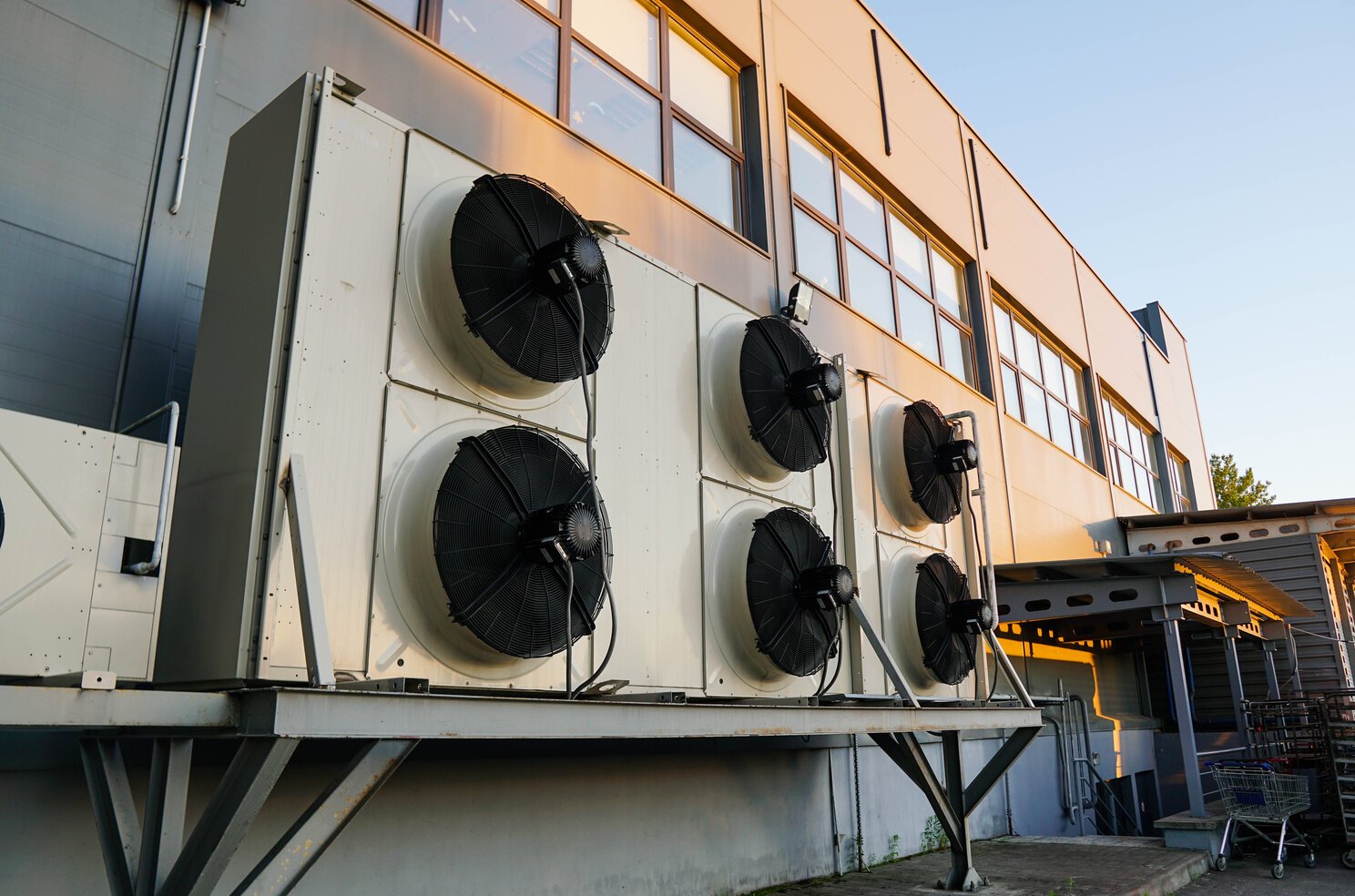Chillers are a vital part of any industrial cooling system, and the selection of an industrial chiller can have a significant impact on the overall efficiency and performance of the system. There are several factors that should be considered when selecting an industrial chiller, and this guide will provide an overview of the most important factors to consider when renting an industrial chiller.
1. What Is Your Application?
The first step in selecting an industrial chiller is to determine the specific application or applications for which the chiller will be used. There are several different types of chillers available on the market, and each type of chiller is designed for a specific application. For example, air-cooled chillers are typically used in applications with limited space, such as in an office building. Water-cooled chillers are typically used in applications where water is readily available, such as in a factory.
2. What Type of Refrigerant Do You Need?
The next step in selecting an industrial chiller is to determine the type of refrigerant that is required for the application. There are several different types of refrigerants available on the market, and each type of refrigerant has its own unique properties. For example, ammonia is a highly efficient refrigerant, but it is also a toxic gas. Freon is a less efficient refrigerant, but it is not toxic.
3. What Is Your Compressor Type?
The next step in selecting an industrial chiller is to determine the type of compressor that is required for the application. There are a number of different types of compressors available on the market, and each type of compressor has its own unique properties. For example, scroll compressors are typically more efficient than reciprocating compressors, but they are also more expensive.
4. What Is Your Chiller Capacity?
The next step in selecting an industrial chiller is to determine the capacity of the chiller. The capacity of a chiller is typically measured in tons, and it is important to select a chiller with enough capacity to meet the cooling needs of the application.
5. What Is Your Chiller Temperature Range?
The next step in selecting an industrial chiller is to determine the temperature range of the chiller. The temperature range of a chiller is typically measured in degrees Fahrenheit, and it is important to select a chiller with a temperature range that meets the needs of the application.
6. What Is Your Chiller Power Consumption?
The next step in selecting an industrial chiller is to determine the power consumption of the chiller. The power consumption of a chiller is typically measured in watts, and it is important to select a chiller with a power consumption that meets the needs of the application.
7. What Other Features Do You Need?
The next step in selecting an industrial chiller is to determine what other features you need. Some common features that you may need include a water pump, an air compressor, a cooling tower, and a control panel. It is important to select a chiller with the features that you need to meet the needs of the application.
Conclusion
Industrial chiller selection is a critical process that requires careful consideration of several key factors. This guide has outlined some of the key things to keep in mind when making your selection, including the type of cooling required, the environment the chiller will be used in, the desired features and capabilities, and the budget. By taking the time to consider all of these factors, you can be sure to select the best industrial chiller for your needs.
London Climate Hire can help you if you’re interested in chiller rentals in London! Our HVAC specialists provide comprehensive solutions to ensure that your heating and cooling needs are addressed for affordable prices. Simply go to our website to learn more!

